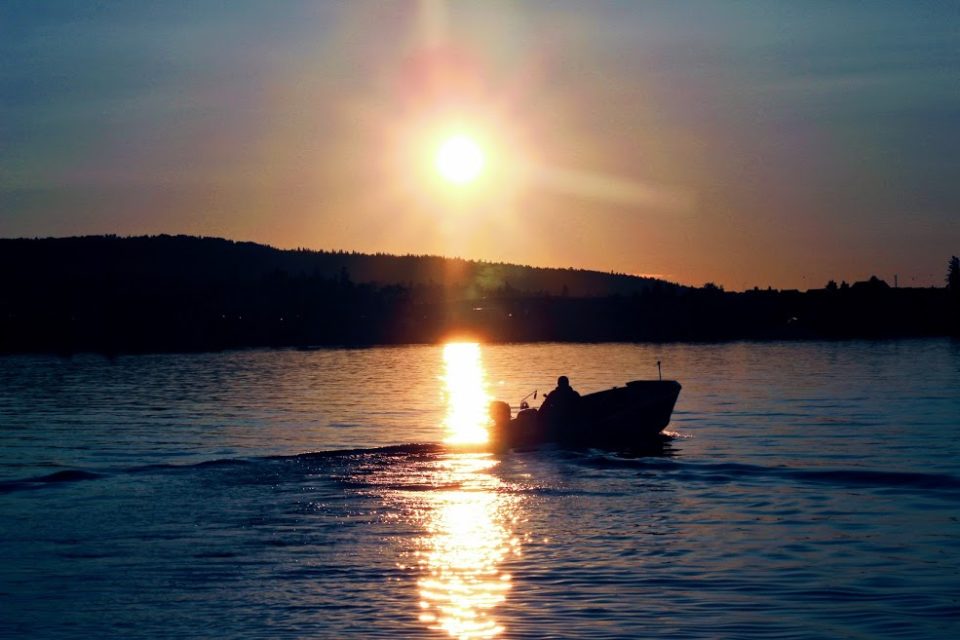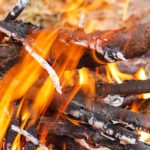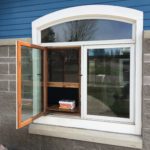New “close to home” guidelines minimize potential virus transmission
St. Paul, May 6, 2020 – Fishing opener is a Minnesota rite of springtime, and this Saturday’s kickoff of fishing for walleye, bass, trout in lakes, and northern pike will have anglers on the water to wet a line, reconnect with nature and benefit from time spent outdoors.
While the fishing opener is a time-honored tradition, the COVID-19 pandemic requires that Minnesotans approach the fishing opener differently this year, said DNR Commissioner Sarah Strommen.
“We need for Minnesotans to fish close to home,” Strommen said. “This is not the time to travel long distances to fish since travel can spread the COVID-19 virus, particularly to rural communities that may have more virus-vulnerable populations.”
To help anglers and other people engaging in outdoor recreation determine what “close to home” means in the context of COVID-19, the DNR, in consultation with the Minnesota Department of Health, developed additional guidelines. Following these guidelines will minimize potential opportunities for transmission:
- No overnight stays.
- Bring all needed supplies with you.
- Only go as far as you can travel and return on a single tank of gas or single charge for EV drivers.
Strommen said these guidelines will help protect many rural communities that are home to older Minnesotans and American Indians, groups that have a higher incidence of underlying health conditions.
Many destination fishing spots are in and near these communities and anglers don’t just go to the boat ramp, but visit the convenience store, gas station and grocery store. Small town residents use these same retail outlets and one viral transmission can have serious impacts on a rural community.
“Let’s remember that part of the fishing opener tradition is teaching the next generation,” Strommen said. “Let’s teach them to protect our fellow Minnesotans by finding the many wonderful fishing opportunities we have close to home. It’s an important lesson that goes beyond fishing. We can have a great opener and stay safe.”
Maintain social distancing and buy license early
Anglers also need to maintain appropriate social distancing by staying at least 6 feet from people from other households. This is essential at boat launches, shore fishing areas, and fishing piers.
Anglers planning to fish on the water also should only boat with those in their immediate household and maintain a minimum six-foot distance from other boats at all times. Beaching or rafting with other boats is not allowed.
When launching or loading a boat, boaters should give those ahead plenty of time and space to finish launching or loading before approaching.
To avoid crowding at license agents, the DNR is encouraging anglers to buy their fishing licenses early, and consider buying online and then saving that license on your phone.
“You can feel good about spending money on a fishing license and walleye stamp because we use those dollars to improve fishing opportunities today and create better fisheries habitat and fish populations for the future,” said Brad Parsons, DNR Fisheries Section manager.
Licenses are available online at mndnr.gov/buyalicense. Even if anglers don’t intend to fish on opening weekend, the DNR is encouraging them to purchase a license, and consider purchasing a voluntary walleye stamp. The investment in the license and additional $5 for the walleye stamp ensures management of the state’s fishing resources, creation of habitat that benefits fish and aquatic systems, and ensures good fishing for future generations.
While fishing seasons open Saturday, May 9, for walleye, northern pike, bass, and trout in lakes, some fishing seasons are open all year for panfish and other species. Trout season in streams opened in April. A full list of seasons can be found on the DNR website.
Water access, AIS, and water safety reminders
Anglers should know that conditions at water access sites may differ from those encountered in previous years. For example, while DNR-managed accesses are open, spring maintenance has not been completed and amenities such as courtesy docks will not be in place in some locations. Other public and private access sites may not be open.
More information on DNR-managed public water accesses is available online here.
Anglers play a vital role in preventing the spread of aquatic invasive species. Every time their boat comes out of the water – whether or not an AIS inspector or enforcement officer is present – boaters must clean aquatic plants and debris from their watercraft, drain lake or river water, and dispose of unwanted bait in the trash. Boaters must remember to keep their drain plugs out and water draining devices open while transporting watercraft.
Finally, everyone on a boat should wear their life jacket and children fishing from shore or on piers should wear life jackets. It’s especially vital during the cold-water season. Wearing a life jacket is the best way to ensure an unexpected fall into cold water doesn’t turn tragic.
More information about fishing is available on the DNR website at mndnr.gov/fishing.




